Hammarlövs Kyrka


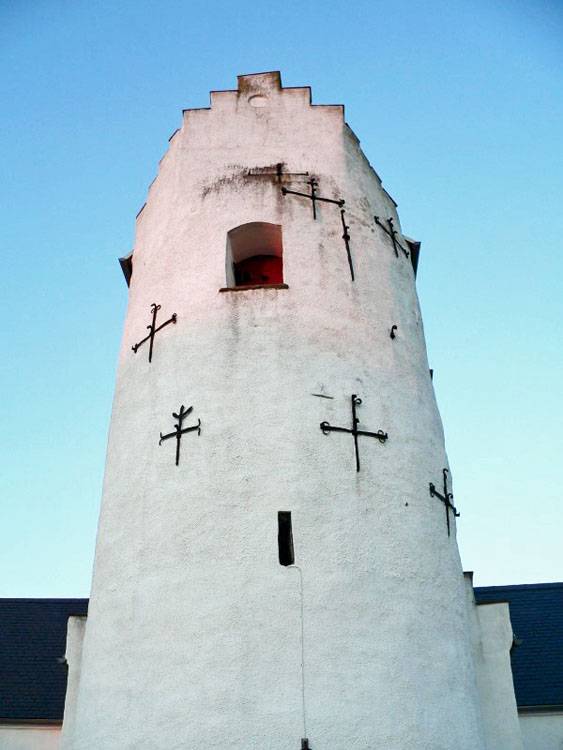

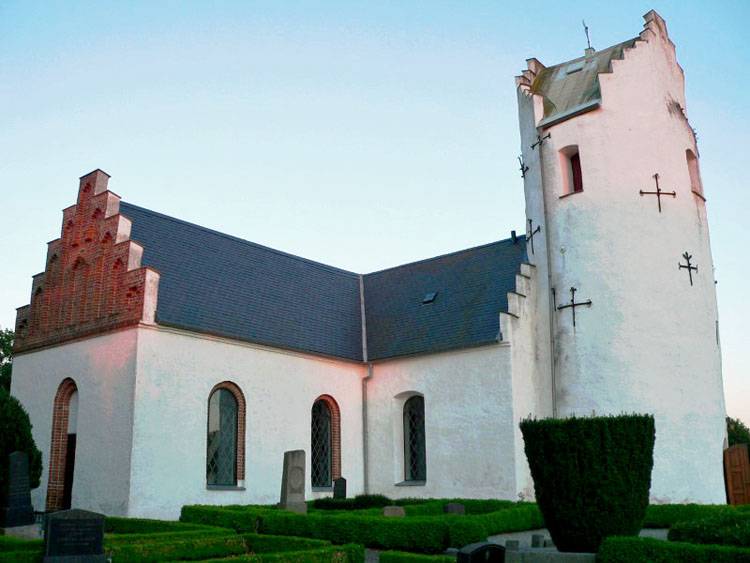





















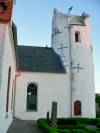














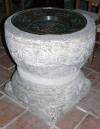
Hammarlövs Kyrka
Where to find this church
Church Information
Hammarlövs Kyrka is located in Hammarlöv, a village in Trelleborgs Kommun in Skåne län (Scania)/Sweden .
* denotes external links that open in a new window

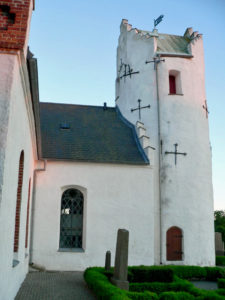
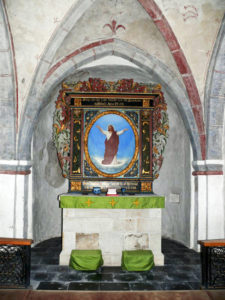
Visiting Hammarlövs Kyrka
The church in Hammarlöv is normally locked. However, knowing this before my visit, I had written to the parish in advance, so someone had unlocked the church for me when I arrived late on a Swedish summer evening. Unfortunately, the photos are of a poor quality, so we will have to visit this church again.
It was built in the second half of the 12th century by Mårten Stenmästare or one of his pupils. But there was already a wooden stave church in Hammarlöv in the 11th century. The name Hammarlöv comes from the male name Hamar and “lev, löv” (inheritance).
The tower was probably already included in the original building plan. It was built for the purpose of defence, in view of the warlike Wends and as protection against their constant raids on Skånes (Scanias) south coast.
The altar was carved in 1700 by Johannes Androe, also called Anders Bildhauer (Sculptor). He also carved the choir stalls in Lund Cathedral. The altar in Hammarlöv is the only known altarpiece by Anders Bildhauer. Originally there was an altarpiece here showing the Holy Communion. However, this was replaced in 1869 by the present one, which is by N. Borggren from Malmö.
The pulpit dates from the 17th century and has five picture sides. These show the evangelists Mark, Luke, Matthew and John enclosing the central panel Victor Morti, Christ as Conqueror of Death. The last panel with John was renewed on the occasion of the restoration of the church. The evangelists carry books and writing materials to show their activity. In addition, they each have their own personal symbol: Matthew with a child handing him the inkpot, Mark with a lion, Luke with an ox and John with an eagle.
Around the baptismal font runs the same round frieze as in the semicircle of the apse. It is therefore also the work of the builder of the church. In the baptismal font is a brass baptismal bowl, which was bought in 1668, but was already made in Holland at the end of the 15th century. The raised central picture shows two of the scouts Moses sent out to scout the Promised Land, returning with a magnificent bunch of grapes. They have hung it on a pole to demonstrate the fertility of the land.
A beautiful triumphal arch separates the apse from the rest of the church. It rests on two lions on each side – a popular motif in the 12th century that can also be found in Lund Cathedral, for example. The symbolism of the lion motif is not entirely clear. It seems as if the lions are opening their mouths at a creature with a human head. The cross vaults in the choir and nave are from the 15th century.
At the end of the 18th century, the church became too narrow. In 1800, a transept was added to the south. In the process, the pulpit was given another place so that everyone could see the preacher. The railing of the gallery is now decorated with paintings from the beginning of the 17th century, depicting, among other things, the various virtues. In 1862, the transept to the north followed. Both transepts received beautiful gable ends in brick, designed by cathedral architect Brunius. In the last decade of the 19th century, there were considerations to demolish the old church and replace it with a new one. In a vote in 1894, however, it was decided to renovate the old church instead. This renovation did not take place until 1954-57 under the direction of the cathedral architect Eiler Graebe. It was finally rededicated by Bishop Anders Nygren on 23 June 1957.
The organ was built in 1851 by J.L. Larsson for 2500 riksdaler. In 1926 it was rebuilt by Olof Hammarberg in Gothenburg and now has nine voices and two keyboards.
An old, iron-bound offertory and an antique bench for women who, according to old custom, attended services for the first time after the birth of a child, are preserved in the armoury (entrance hall). The communion chalice dates from 1562, when Sönne was pastor, as engraved in the foot. In the sacristy are a series pastorum and some portraits of pastors who served in Hammarlöv or V. Vemmerlöv. The pastorate of Hammarlöv today includes Bodarp, Fuglie, V. Tommarp, Maglarp and Skegrie in addition to Hammarlöv and V. Vemmerlöv.
Conclusion: beautiful church that is unfortunately locked



